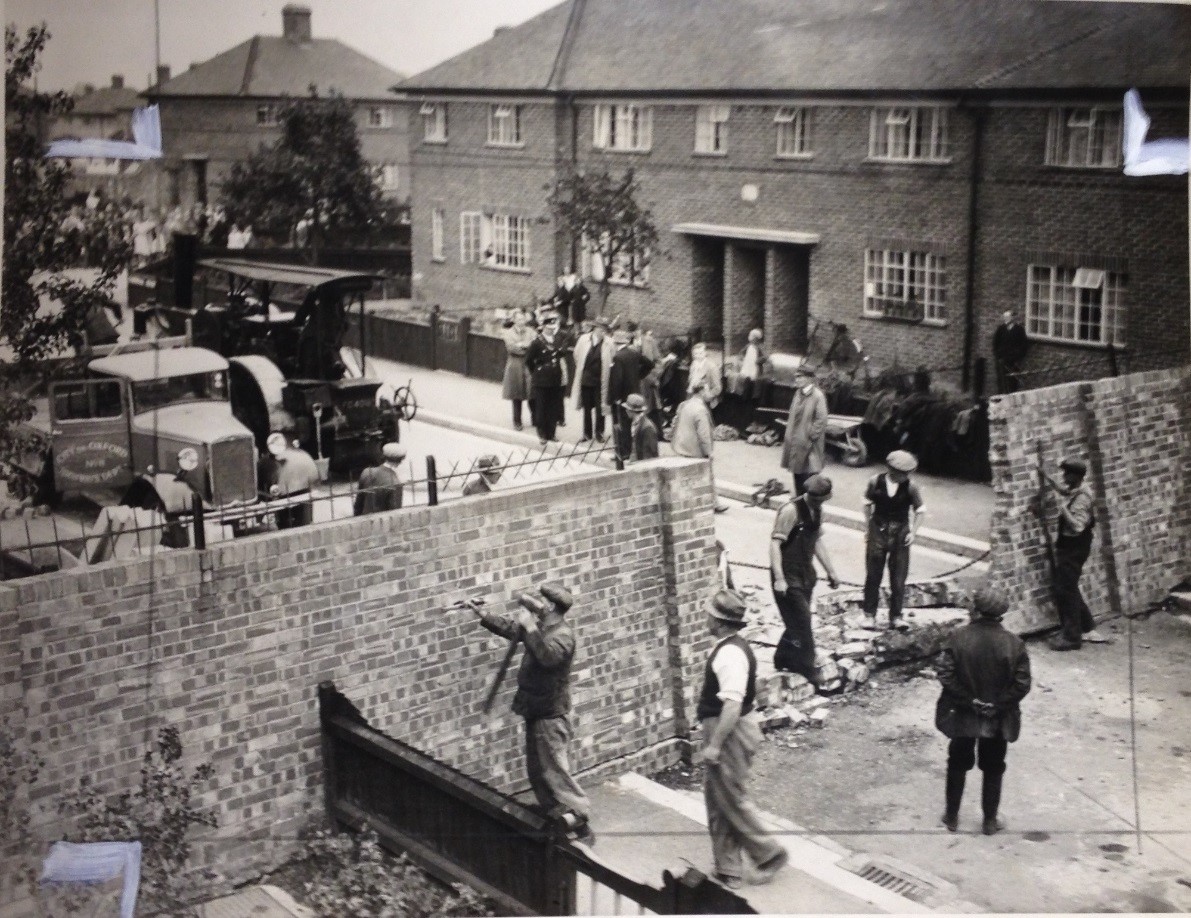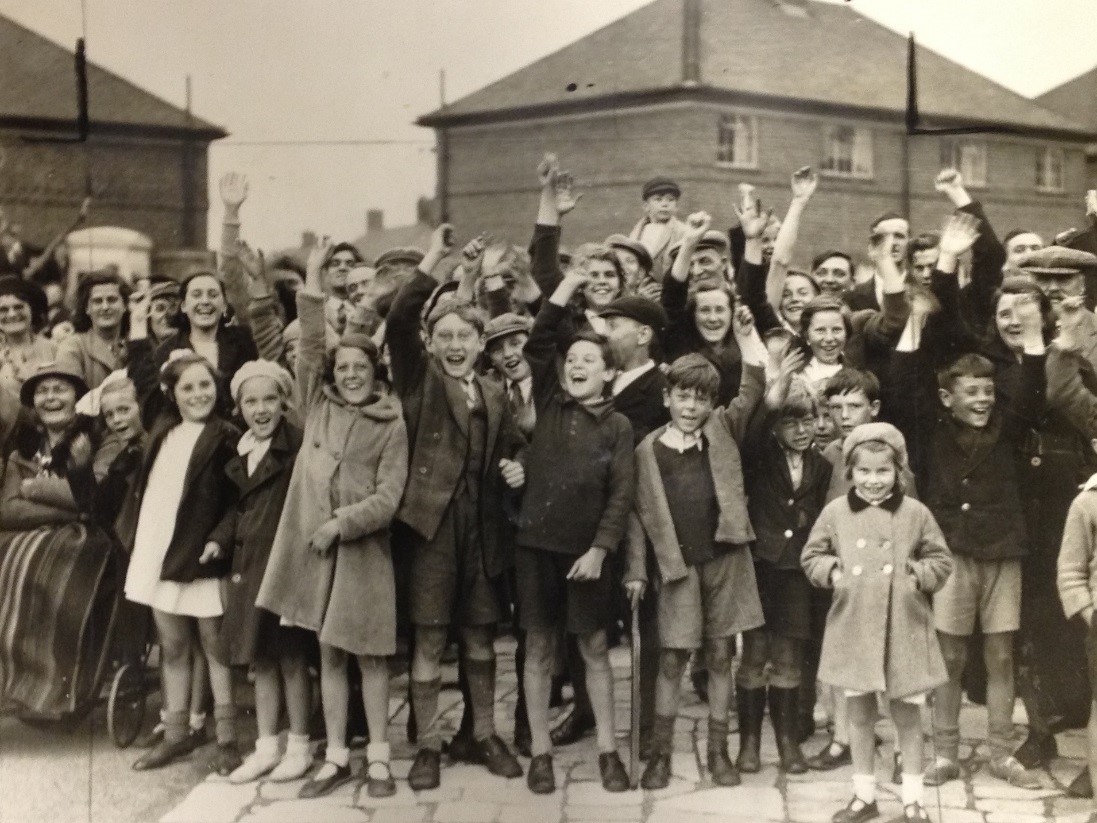Every Wednesday at 13.00, a free collection tour takes place at the National Science and Media Museum. Anyone can come along, and we get visitors from all over Bradford, Yorkshire, the UK and beyond. I gave my first recently, and two attendees had travelled all the way from Oxford.
One of the first stops on the tour is the Daily Herald Archive. The Daily Herald was a national newspaper that was published daily from 1912 until 1964. The articles are available to view via the British Newspaper Archive, and the photographs are held here at the National Science and Media Museum.
The paper’s original cataloguing system has been retained, and the images are organised by person, place and subject matter. One visitor spotted a box of photographs depicting his hometown, Oxford, so we decided to take a look.
Most of the box was filled with images of university colleges. We avoided these and went straight to photographs of the city. After pulling out a few generic city images, we came across something more surprising.

Upon seeing this our Oxford visitors informed us of a fascinating chapter in the city’s history, one which the Daily Herald covered. When I searched for accompanying Daily Herald archives online, I came across this striking headline:
Rival Gangs in Wall “Battle”
The story of this so-called ‘wall battle’ begins in 1934 when two walls over two metres high (complete with spikes on top) were erected between the new Cutteslowe council estate in North Oxford and a nearby private housing development overseen by Clive Saxton of the Urban Housing Company. According to the sources I’ve consulted, Saxton feared that the new estate would harm his property selling prospects, and the construction of the wall was, bizarrely, considered a means via which to mitigate such risks.
The council tenants petitioned for the wall’s demolition, and communist activist Abe Lazarus organised a protest in May 1935. Reputedly two thousand people were present. However, what is notable about the wall is not just the fact that it was erected in the first place, but that it survived so many attempts to destroy it. In June 1938 the council demolished it, only to be sued by the company who built it and reprimanded by the judge. After they were forced to re-erect it, an army tank then knocked it down again while on a practice exercise during WWII. In this case the War Office bore the cost of repairs. Following numerous attempts to dismantle it as a safety concern and a public nuisance, the only way the council could eventually achieve this was to buy the land upon which it was built to knock it down in 1959.
The headline I quoted earlier comes from that pivotal moment in the summer of 1938 when the council first knocked the wall down. I found it particularly intriguing to read quotes from the nearby private housing residents.
“We don’t despise these people,” a Carlton Road resident apparently said, “but…”
“It’s not that we look down on them, but we live a different life from theirs,” said another.
I found myself questioning whether such views were representative of the private housing residents. Other sources suggest that the walls were considered a nuisance by both sides, which makes me wonder whether newspapers at the time, Daily Herald included, had a vested interest in creating an ‘us and them’ type of story.
When I saw the photograph below, I originally thought that it depicted the final demolition of the walls in 1959, but when I looked on the back, the date read 1938. So, what initially seems like a jubilant celebration is in fact somewhat premature.

I like this photograph, it’s such a happy image. I imagine that, some 20 years later, a similar scene followed when the walls really were gone forever. It must have been a relief for most of those involved from both sides. The site is remembered via a blue plaque on one of the original council houses on the site.
It is exciting to rediscover the archive through the eyes of new visitors, and I would urge as many people as possible to join our tours, visit the collection and share opinions and stories with us. You never know, you too might uncover a story…
Something not entirely dis-similar going on in Adderbury at the moment.
The photo of the wall being built was taken on Wolsey Road, looking south-east towards its junction with Jackson Road. The main house in the photo is what’s now 57, 59 and 61 Wolsey Road.
The only indication that the wall was once there is the fact that Carlton Road suddenly becomes Wolsey Road at a seemingly random point between two houses about 40 metres before the junction.
The photographs are from Daily Herald, 9 June 1938